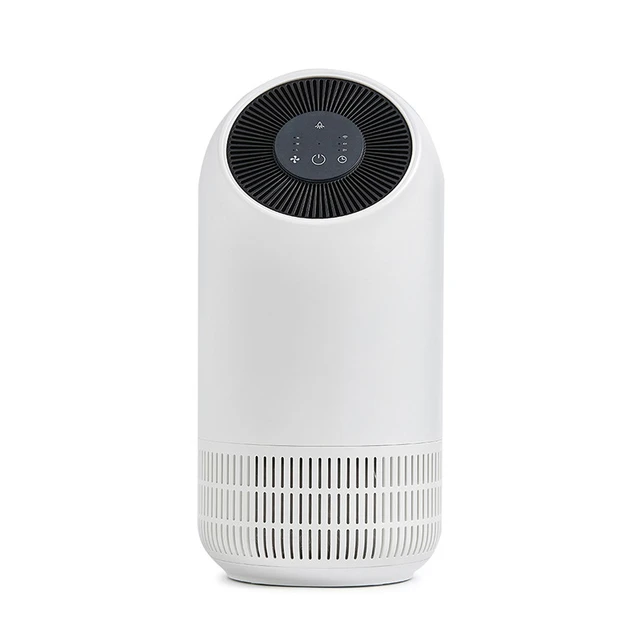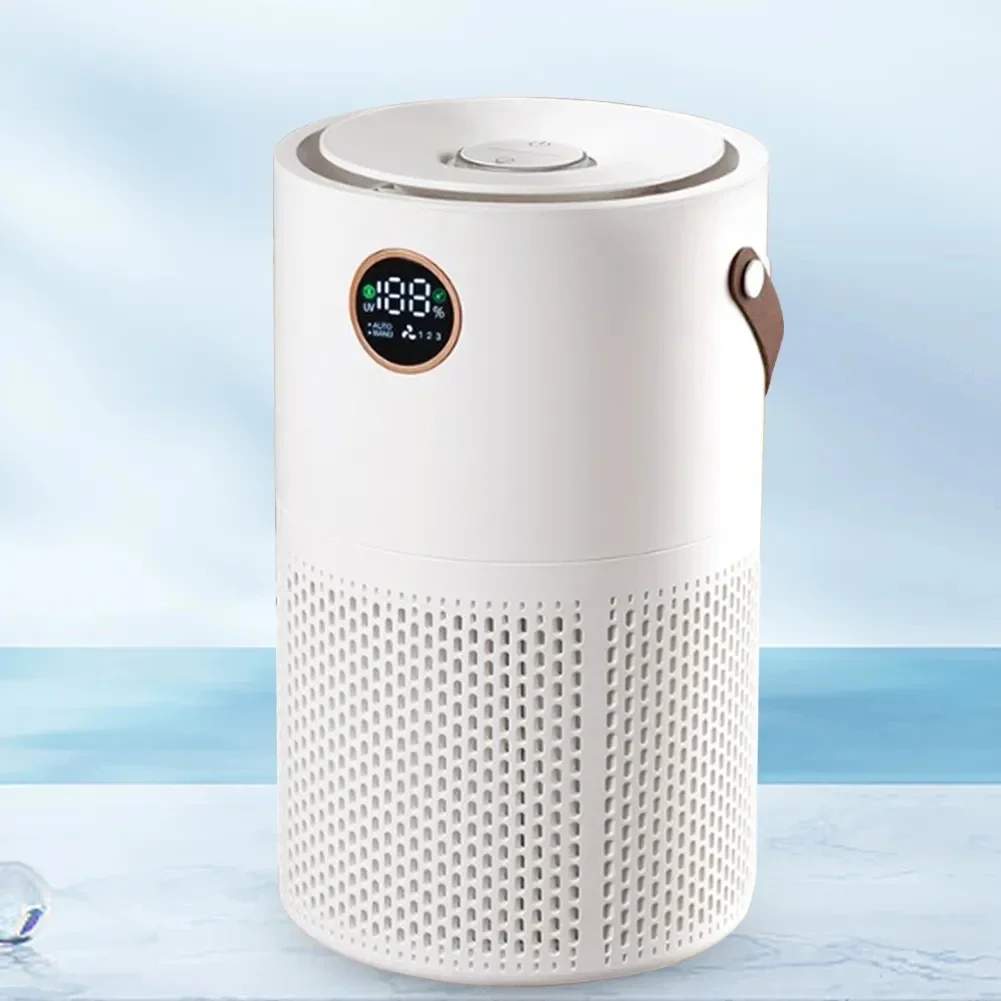 Introduction:
Introduction:
Placing an air purifier in the living room is an effective way to improve indoor air quality and create a healthier living environment. Determining the ideal location for your air purifier is essential to maximize its efficiency and ensure optimal air circulation. In this comprehensive guide, we will explore various factors to consider when deciding where to place an air purifier in the living room. From evaluating room size and layout to considering potential pollutant sources, we will cover all the essential information to help you make an informed decision and achieve the best air purification results.
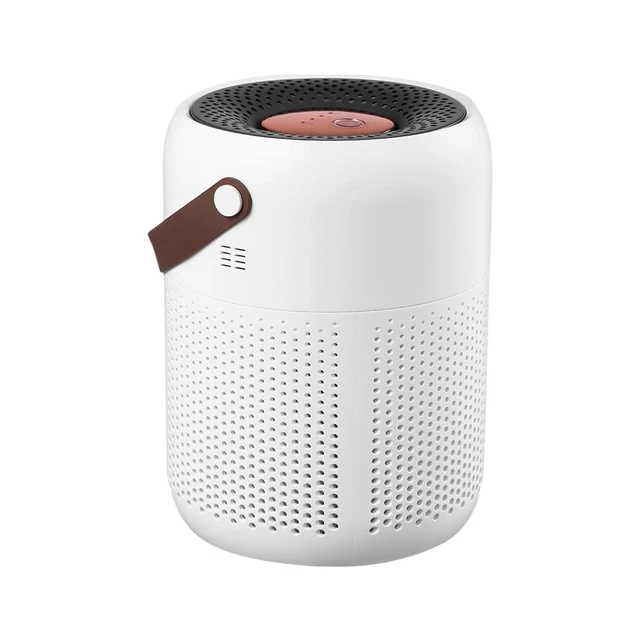 Some common types of air purifiers:
Some common types of air purifiers:
There are several types of air purifiers available on the market, each designed to target specific pollutants and improve indoor air quality. Here are some common types of air purifiers:
High-Efficiency Particulate Air (HEPA) Filters:
HEPA filters are one of the most common and effective air purifiers. These filters can capture particles as small as 0.3 microns, including dust, pollen, pet dander, and some bacteria. HEPA filters are highly efficient at removing airborne allergens and improving indoor air quality.
Activated Carbon Filters:
Activated carbon filters are primarily used for removing odors, chemicals, and volatile organic compounds (VOCs) from the air. These filters are especially effective in absorbing and trapping gases and unpleasant smells. Activated carbon filters are often combined with HEPA filters to provide comprehensive air purification.
UV-C Sterilization:
UV-C air purifiers use ultraviolet (UV) light to kill or deactivate bacteria, viruses, and other microorganisms. The UV-C light damages the DNA or RNA of these airborne pathogens, rendering them inactive. However, UV-C purifiers are generally not as effective against allergens or particles in the air.
Ionic Air Purifiers:
Ionic air purifiers, also known as ionizers, use charged particles to attract and capture airborne pollutants. These purifiers release negative ions into the air, which bind to positively charged particles such as dust, smoke, or allergens, causing them to settle or stick to surfaces. Ionic air purifiers can be effective in removing particles from the air, but they may also produce small amounts of ozone.
Ozone Generators:
Ozone generators intentionally produce ozone, a reactive gas, to neutralize and eliminate odors, mold, and bacteria. However, ozone generators are controversial and are generally not recommended for residential use, as high levels of ozone can be harmful to human health.
Electrostatic Precipitators:
Electrostatic precipitators use electrostatic charges to capture and remove airborne particles. These purifiers attract particles to metal plates with an opposite charge, effectively trapping them. Electrostatic precipitators can capture larger particles, but they may lose effectiveness over time and require regular cleaning.
It’s important to consider your specific needs, such as allergen sensitivities, specific pollutants, and the size of the area to be purified, when choosing an air purifier. Some purifiers combine multiple technologies, offering comprehensive air cleaning solutions. Understanding the capabilities of different types of air purifiers can help you select the most suitable one for your indoor air quality needs.
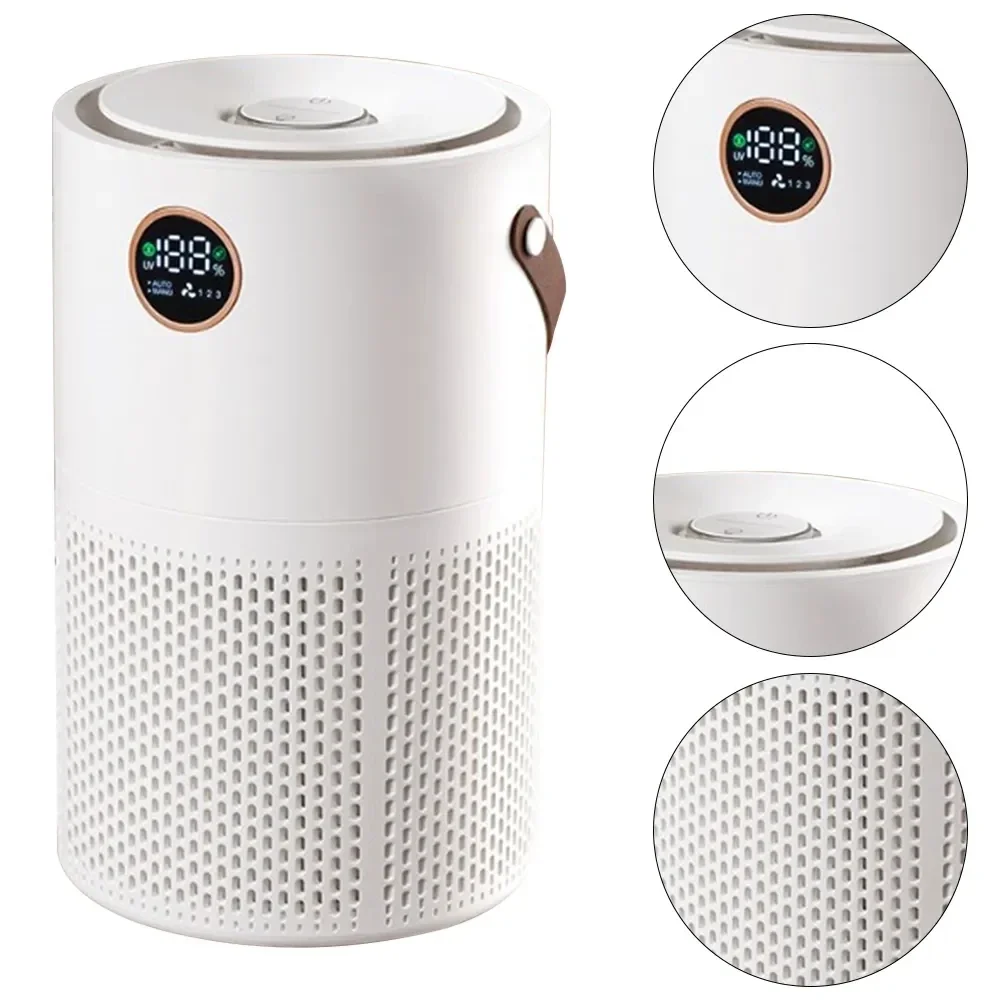 Introduction to Placing an Air Purifier in the Living Room
Introduction to Placing an Air Purifier in the Living Room
Proper placement of an air purifier in the living room ensures that the device effectively filters the air and reduces indoor pollutants.
A. Importance of Indoor Air Quality: Maintaining clean and healthy indoor air is crucial for overall well-being, especially in frequently occupied spaces like the living room.
B. Benefits of an Air Purifier: Air purifiers remove allergens, dust, pet dander, and other pollutants from the air, providing relief for allergy sufferers and improving general air quality.
Evaluating Living Room Size and Layout
Consider the size and layout of your living room when selecting an appropriate location for the air purifier.
A. Centralized Positioning: Place the air purifier in a centralized area for maximum coverage and efficient air circulation throughout the living room.
B. Room Size Considerations: Larger living rooms may require multiple air purifiers or a more powerful unit to adequately clean the air.
Identifying Potential Pollutant Sources
Identify potential pollutant sources in your living room to determine the ideal placement for the air purifier.
A. Proximity to Windows and Doors: If your living room is frequently exposed to outdoor pollutants, place the air purifier near doors or windows to capture and filter incoming air.
B. Pet Areas: Position the air purifier near pet areas, such as beds or litter boxes, to capture pet dander and minimize odors.
C. Placement in High-Traffic Areas: Placing the air purifier in high-traffic areas helps capture dust and particles that may be stirred up from foot traffic.
Setting Up and Positioning the Air Purifier
Follow these steps to set up and position your air purifier in the living room.
A. Read the Manufacturer’s Instructions: Familiarize yourself with the manufacturer’s recommended guidelines for optimal air purifier placement.
B. Avoid Obstructions: Ensure there is sufficient space around the air purifier, allowing for unrestricted airflow and preventing blockages.
C. Positioning Near Outlets: Place the air purifier near a power outlet to avoid using extension cords that may pose safety hazards.
D. Elevation: Position the air purifier at an elevated level, such as on a table or shelf, to enhance air circulation and allow for better coverage.
 Regular Maintenance and Filter Replacement
Regular Maintenance and Filter Replacement
Performing regular maintenance and replacing filters is crucial for the continued effectiveness of your air purifier.
A. Filter Replacement: Follow the recommended filter replacement schedule provided by the manufacturer to maintain desired performance.
B. Cleaning Air Intake: Regularly clean the air intake vents of your air purifier to prevent dust buildup and optimize airflow.
Considerations for Different Types of Air Purifiers
Different types of air purifiers may require specific considerations for placement.
A. HEPA Filters: High-Efficiency Particulate Air (HEPA) filters are highly effective and can be placed in central areas of the living room for optimal air purification.
B. Carbon Filters: Carbon filters are excellent for capturing odors and gases, so positioning the air purifier near the source of odors can be beneficial.
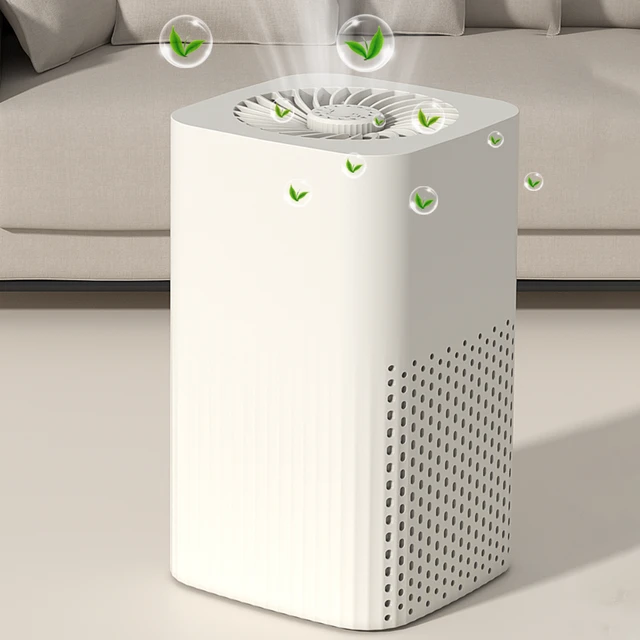 Conclusion
Conclusion
Properly placing an air purifier in your living room is vital for achieving clean and healthy indoor air. By evaluating living room size and layout, identifying potential pollutant sources, and considering specific needs of your air purifier type, you can make an informed decision when selecting the best location for optimal air purification results. Regular maintenance and filter replacement ensure continued efficiency of your air purifier. Embrace the guidance provided in this comprehensive guide to enhance your living room’s air quality and create a healthier environment for you and your family.
